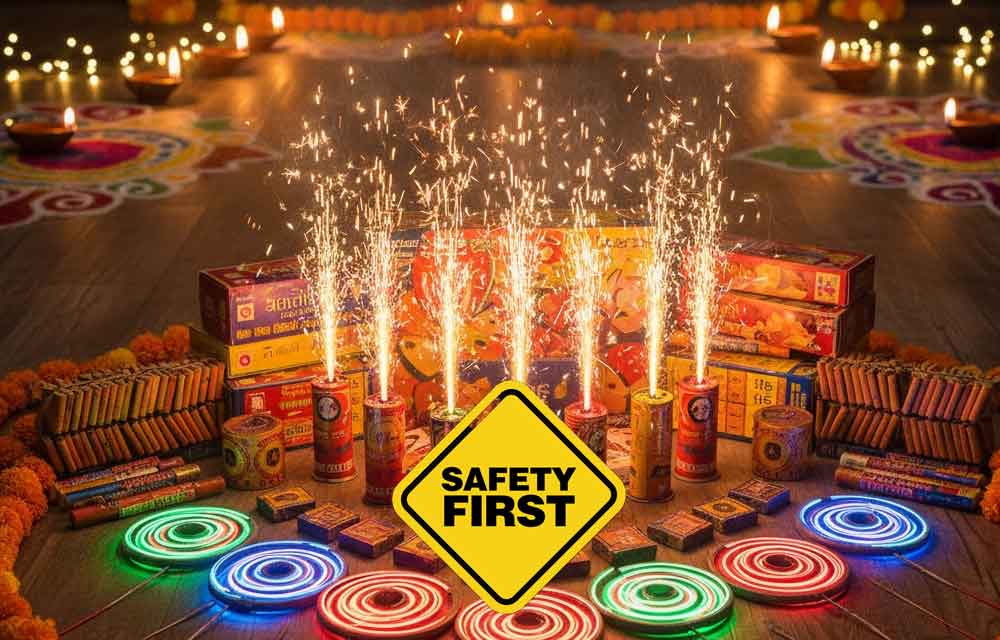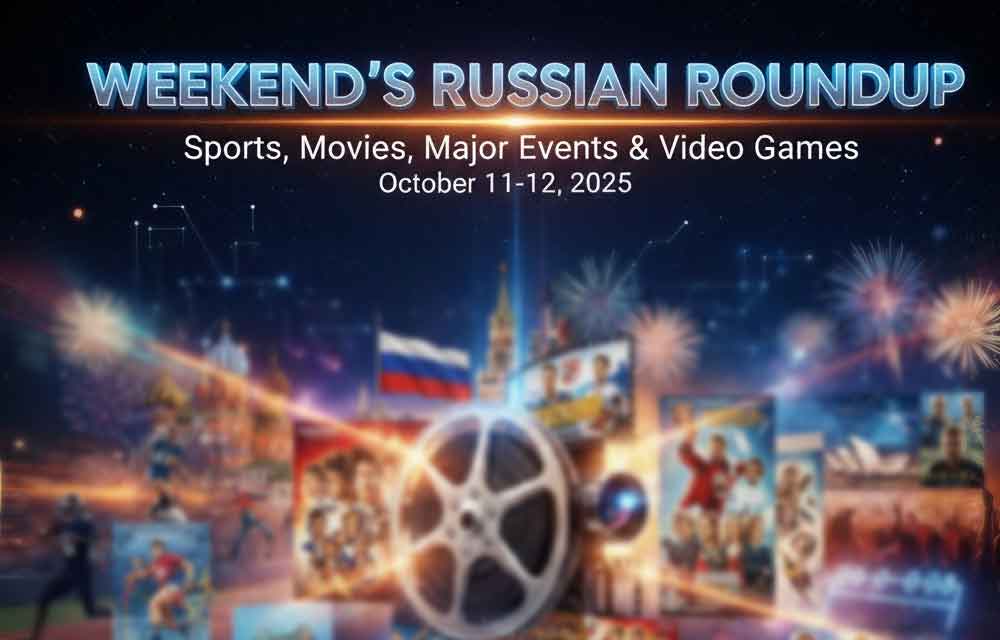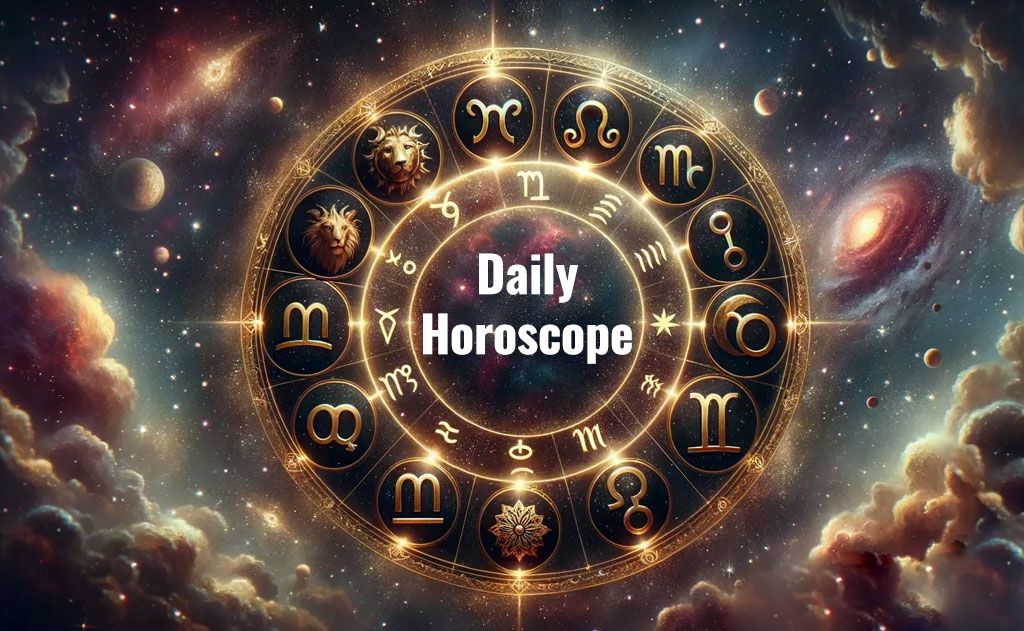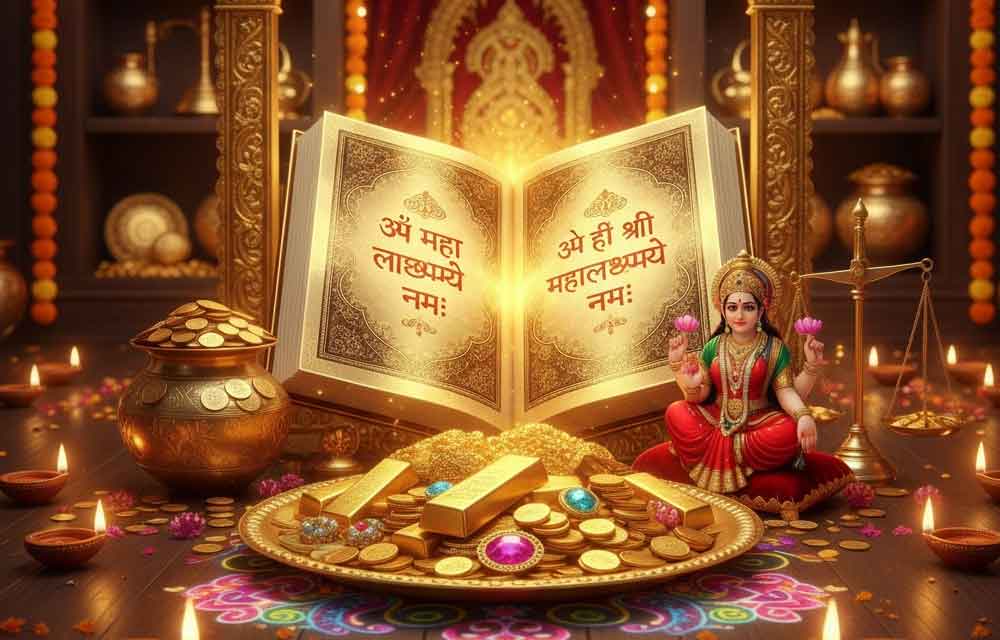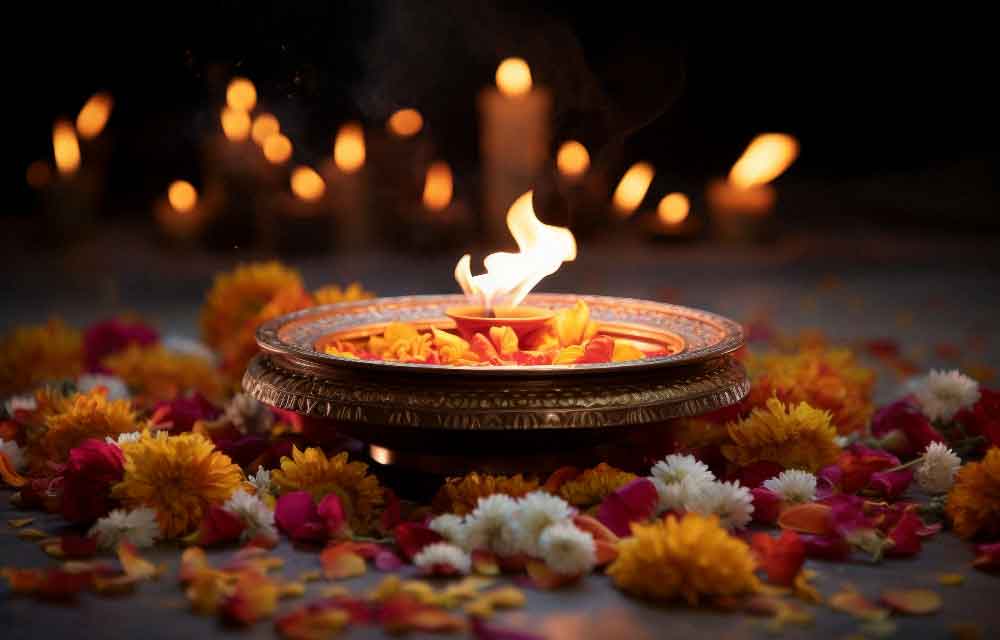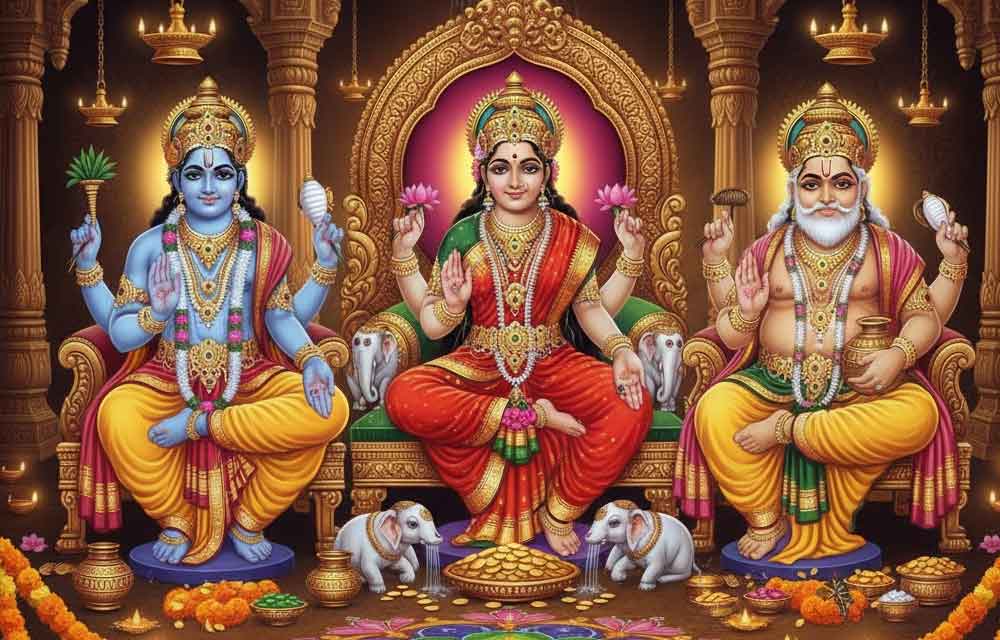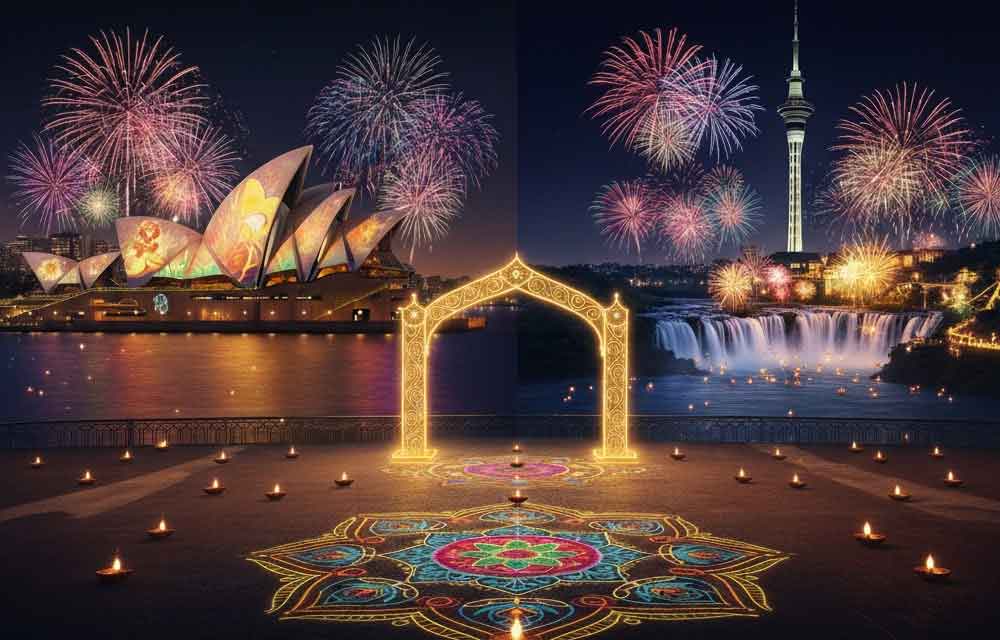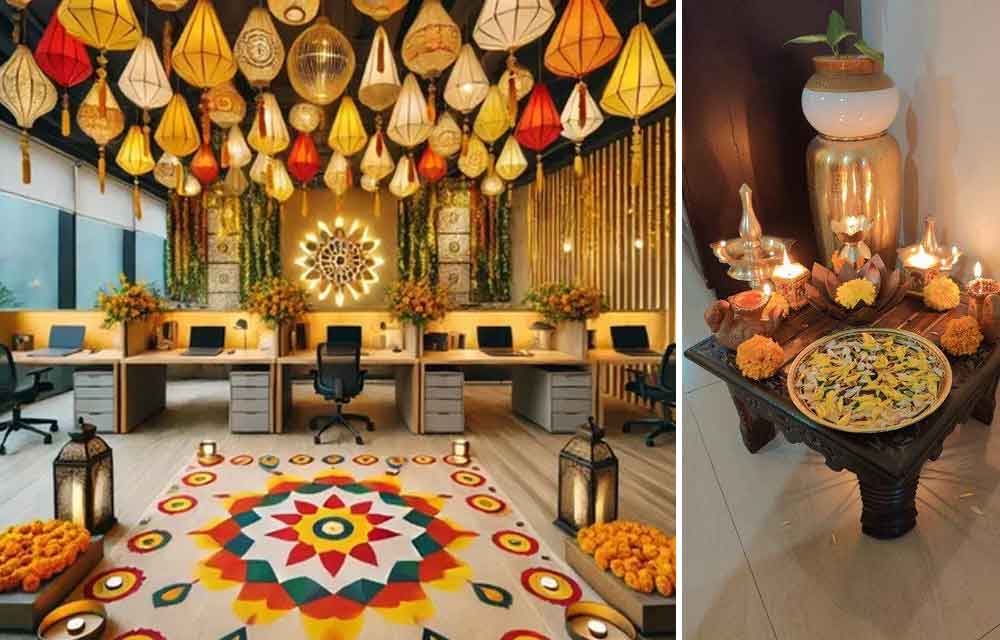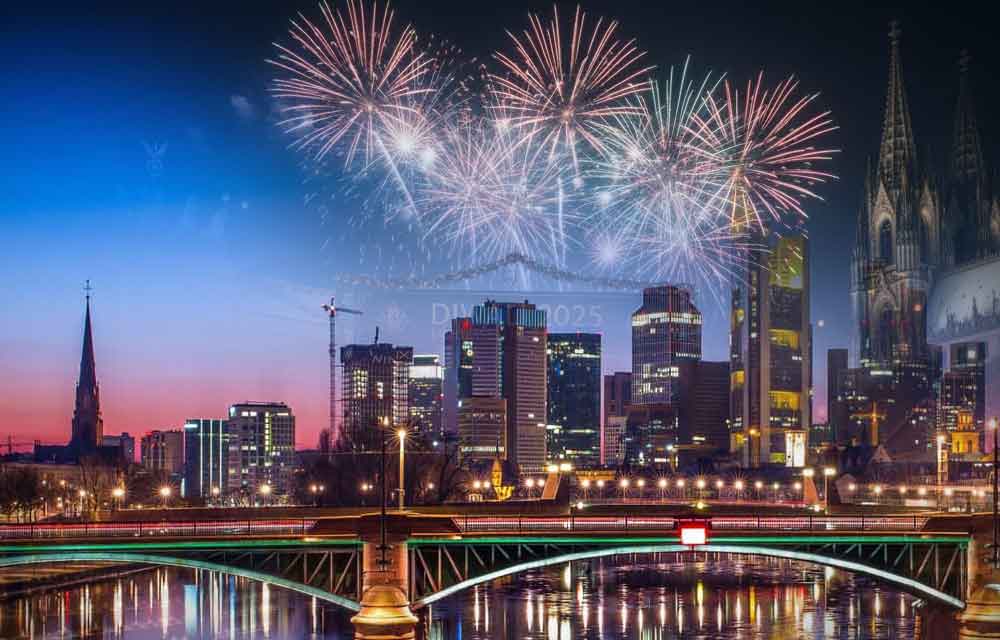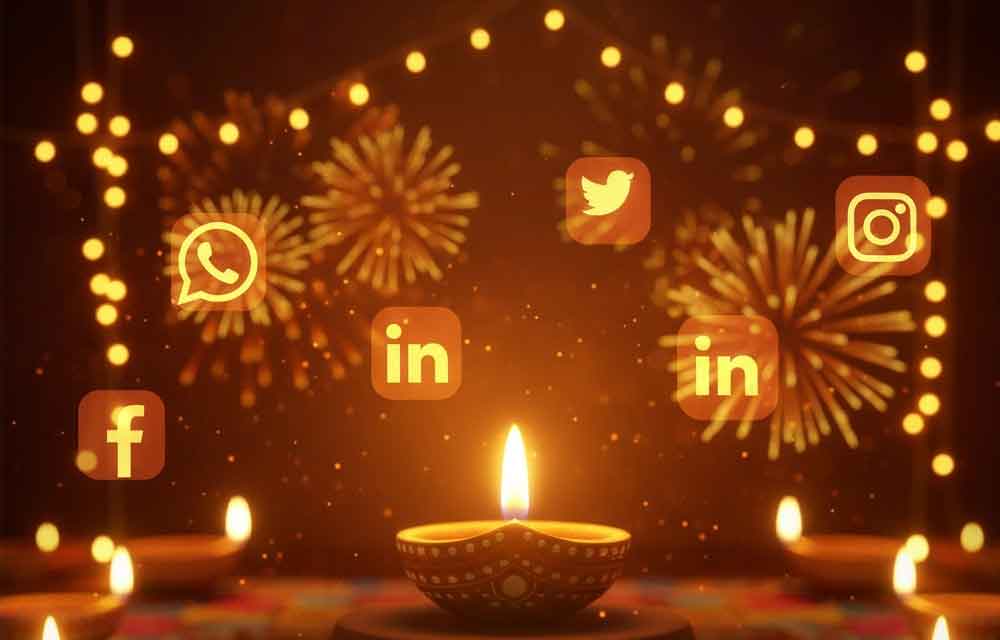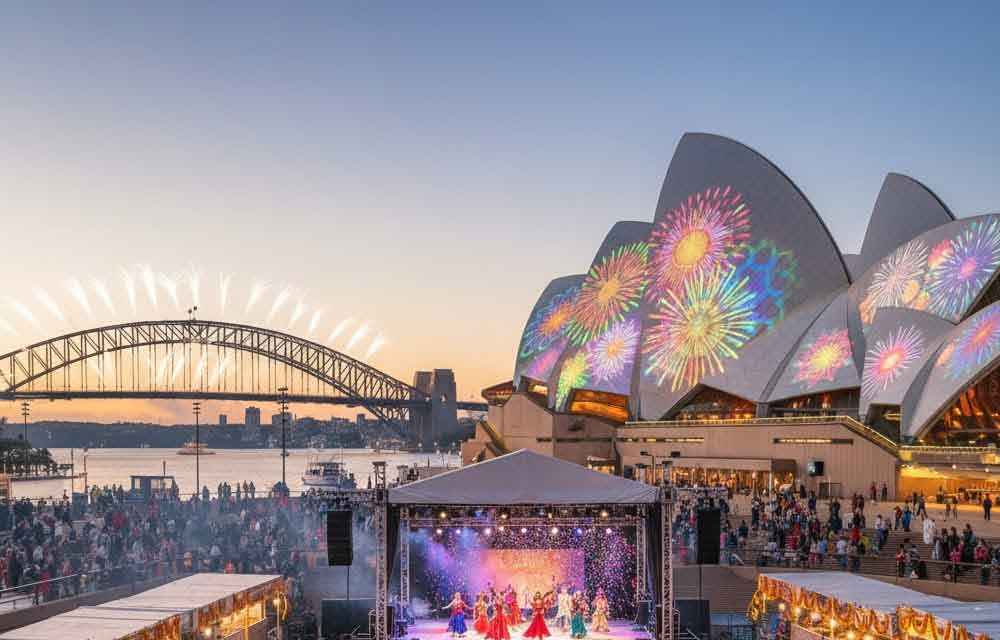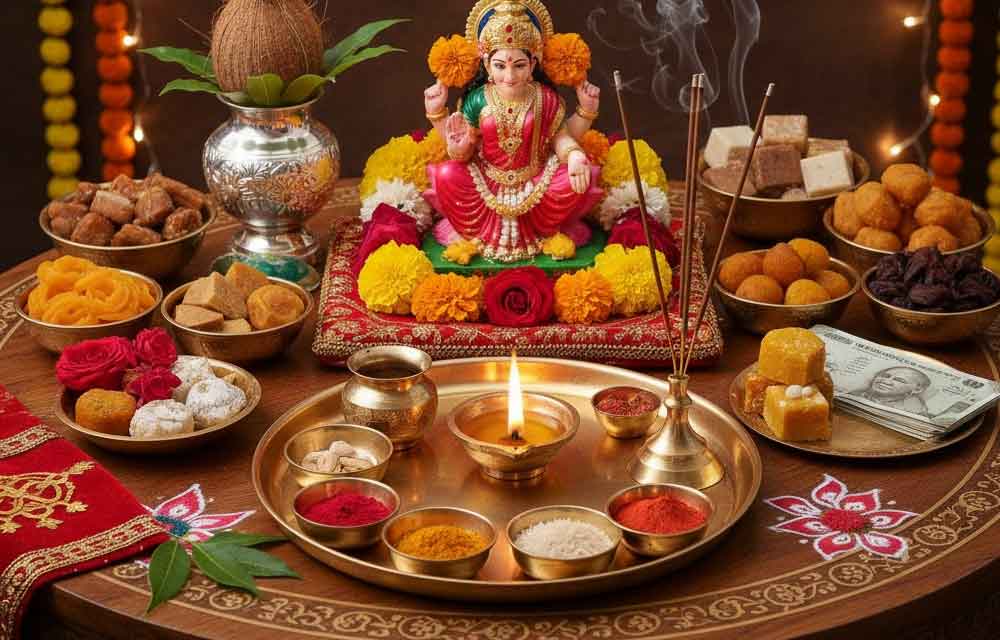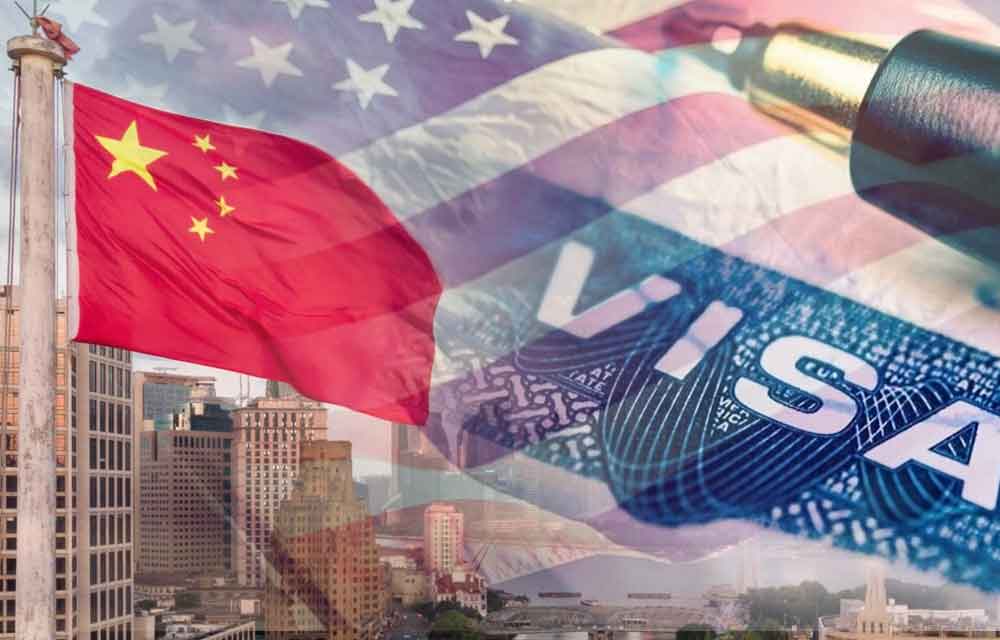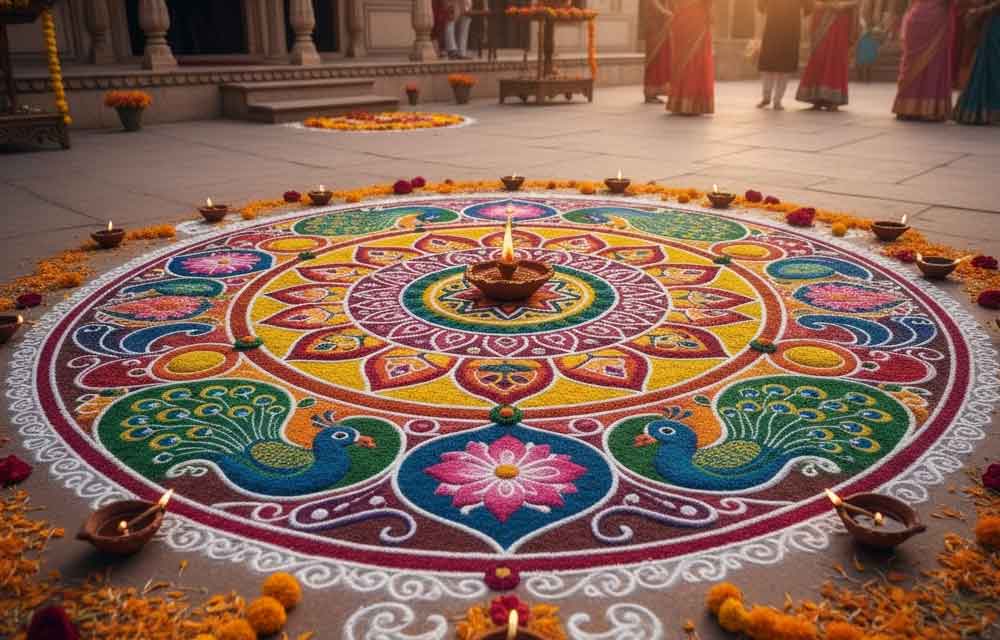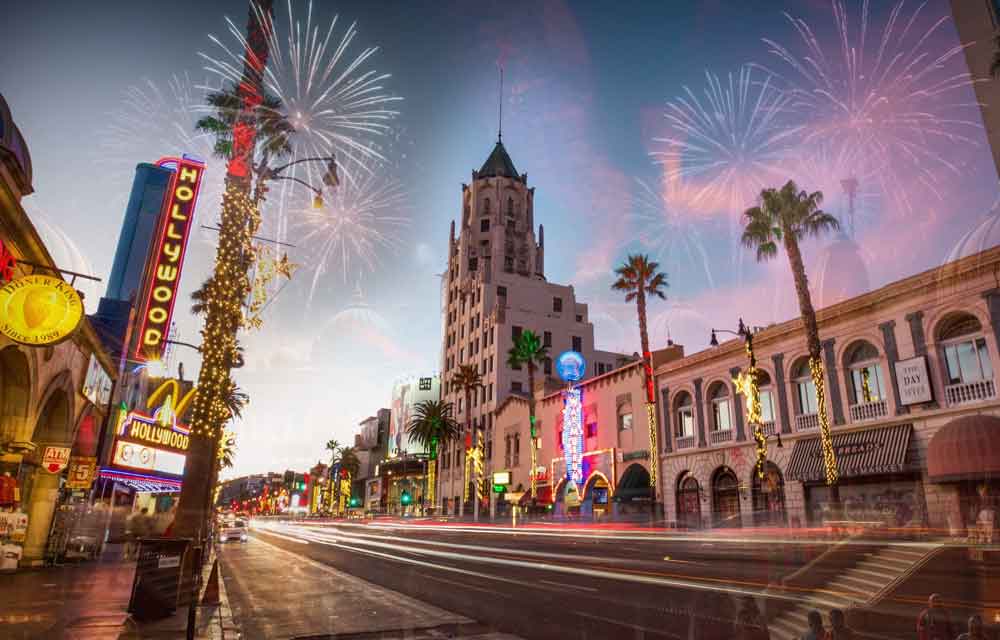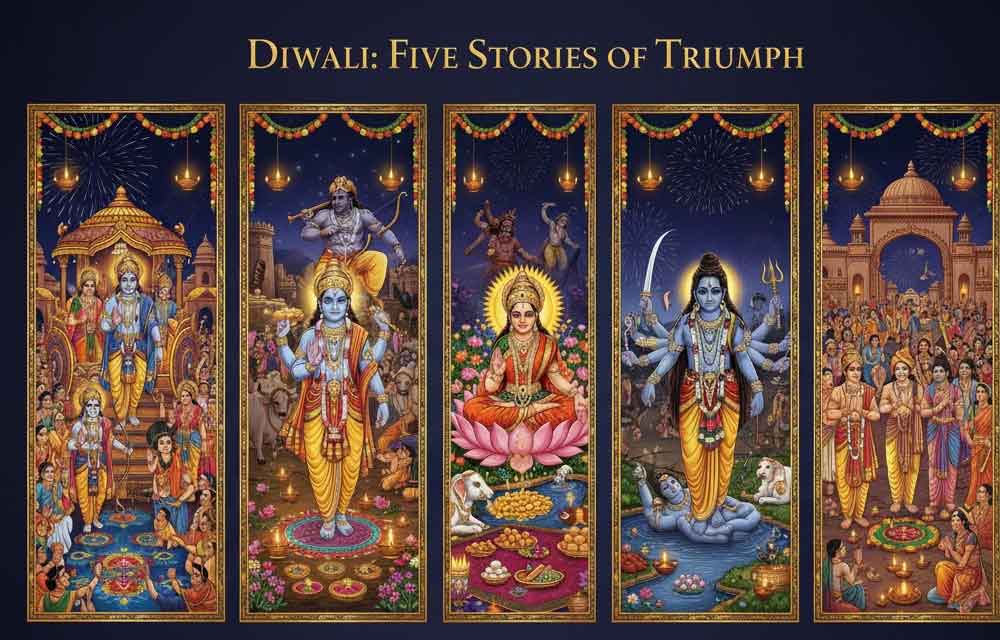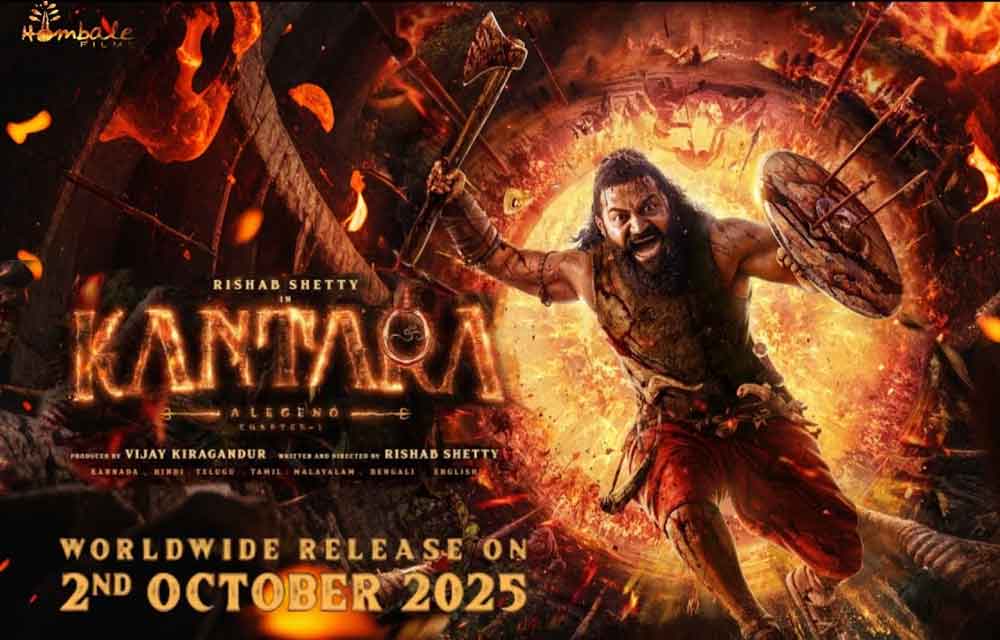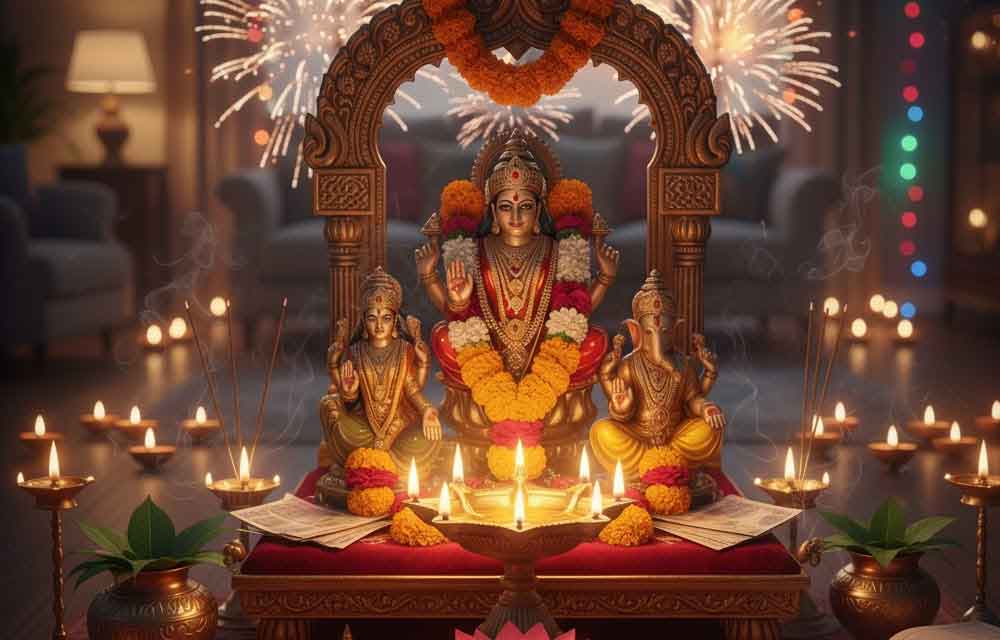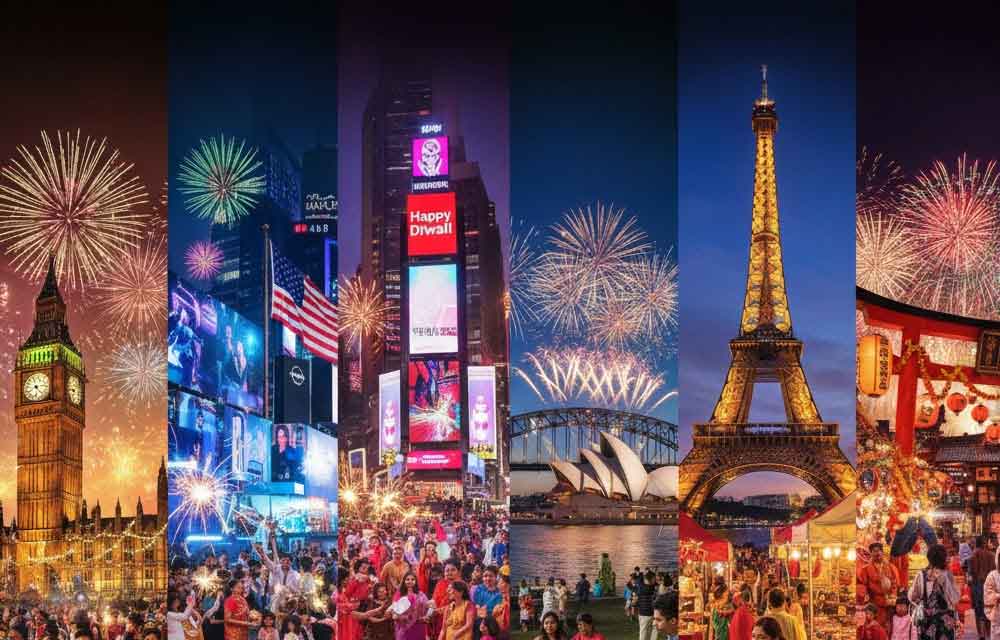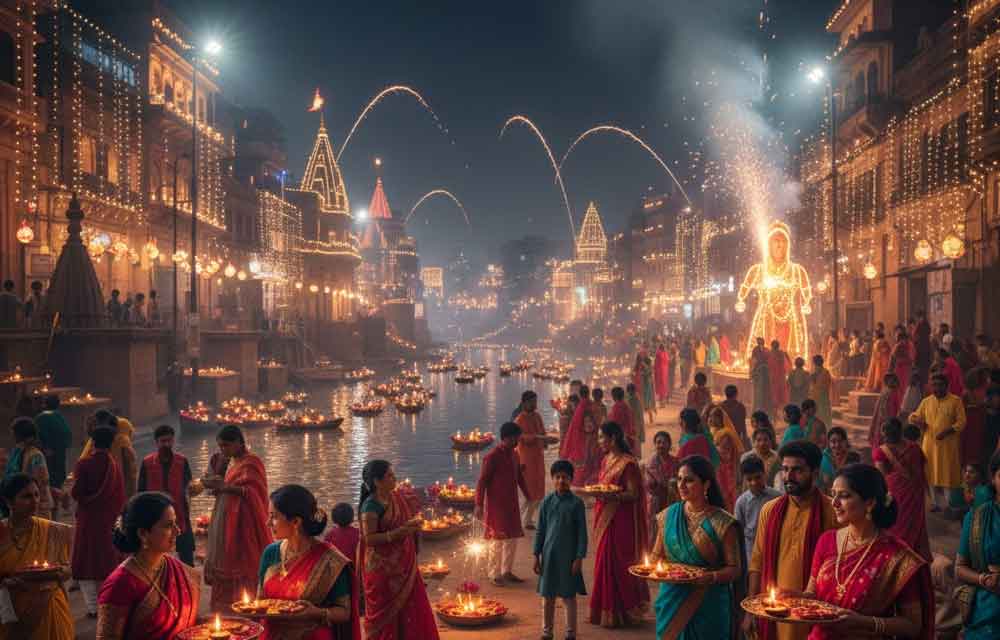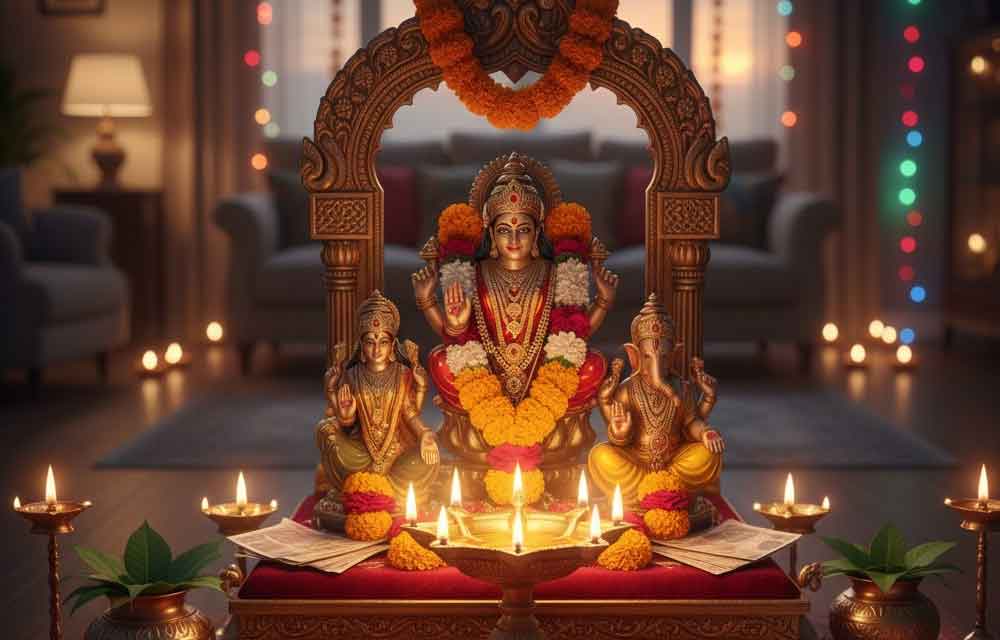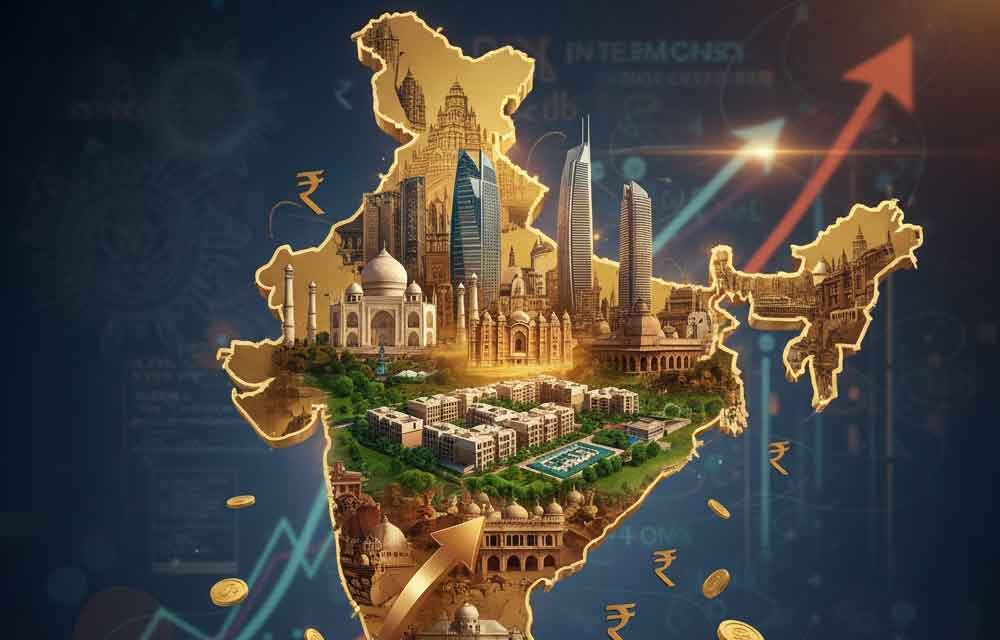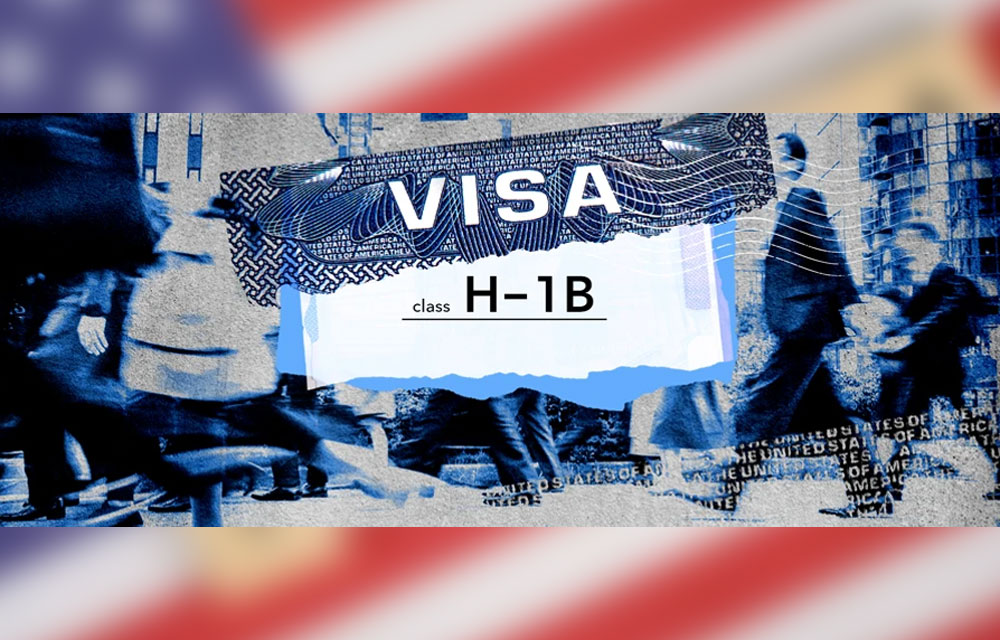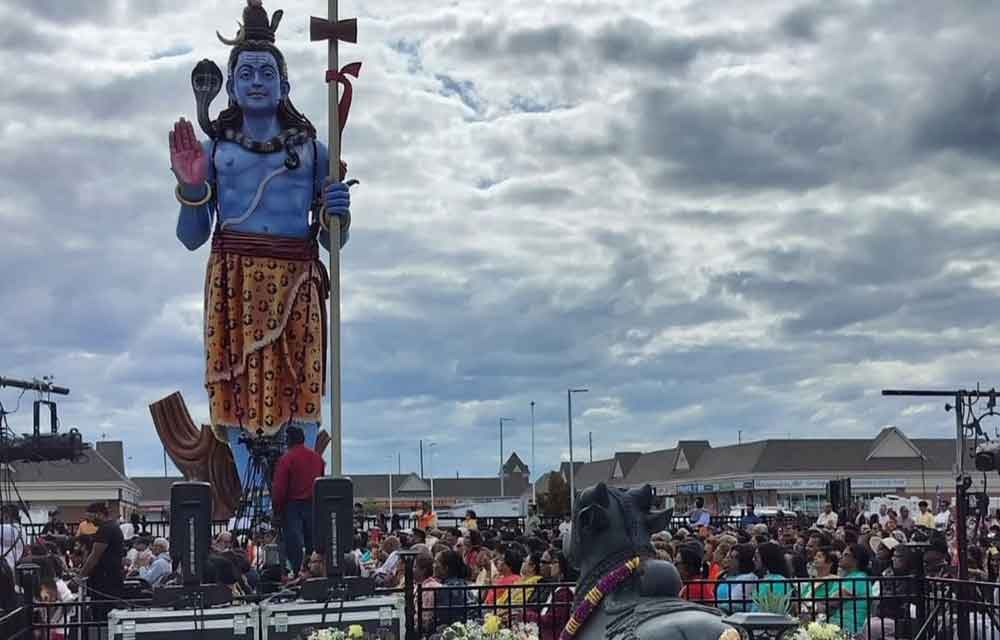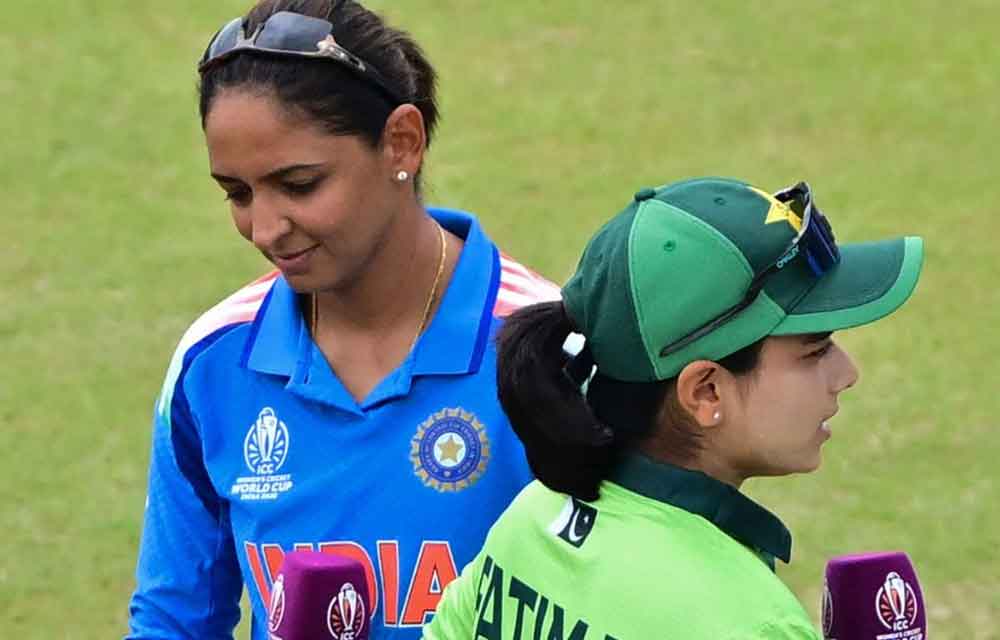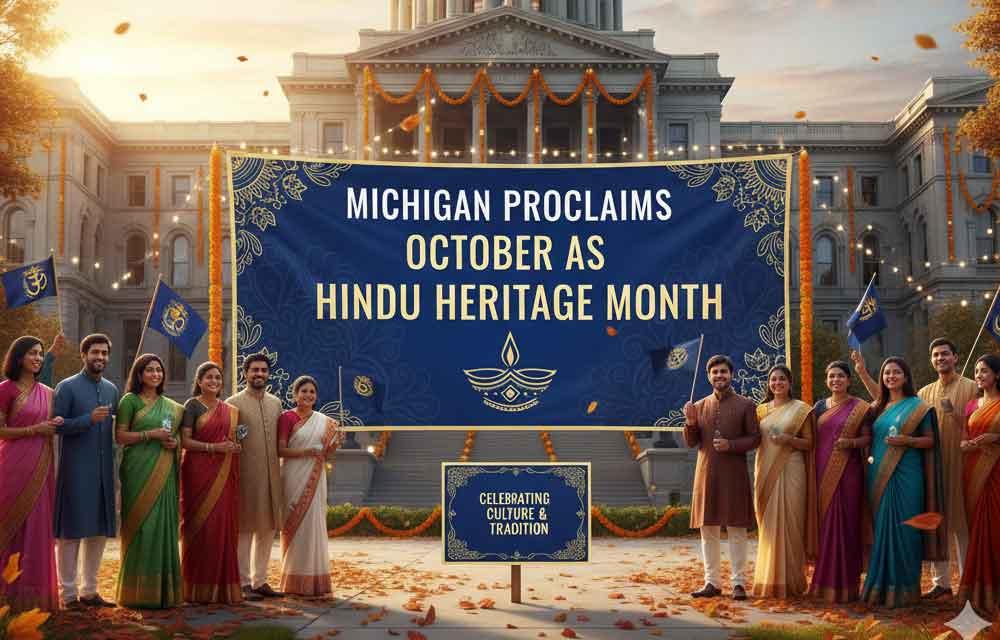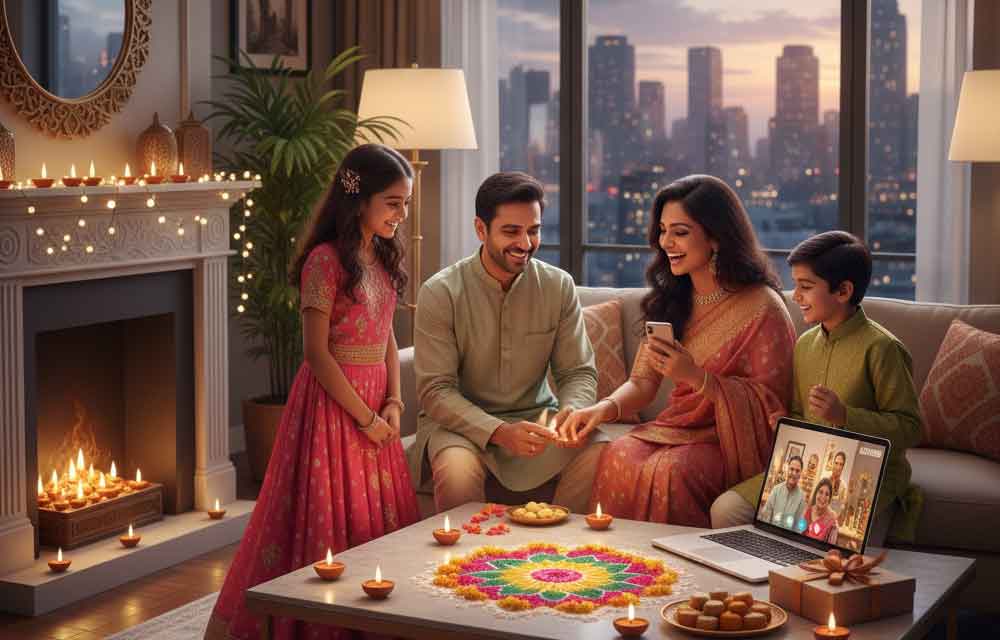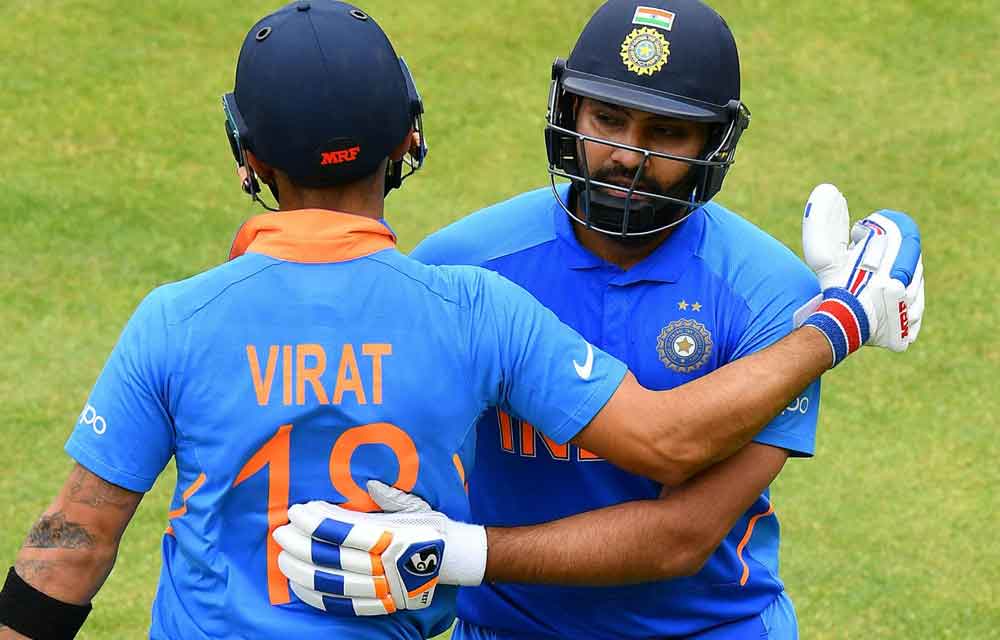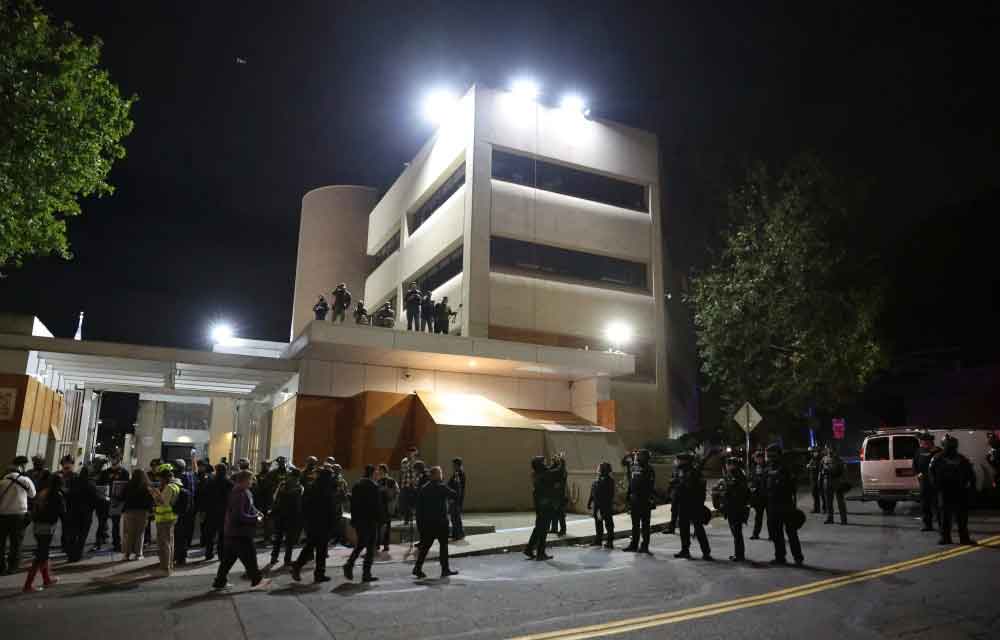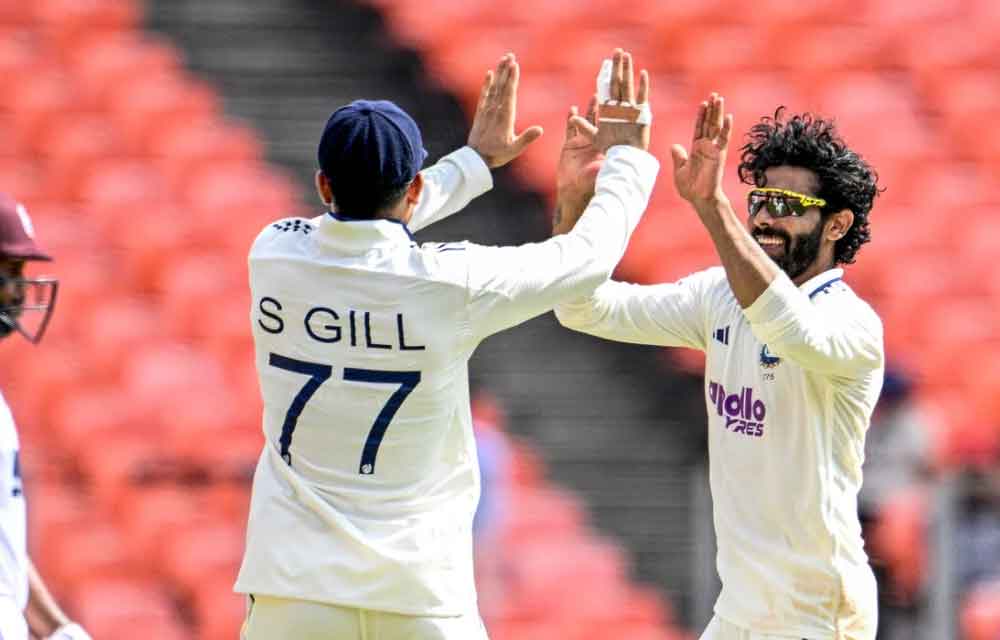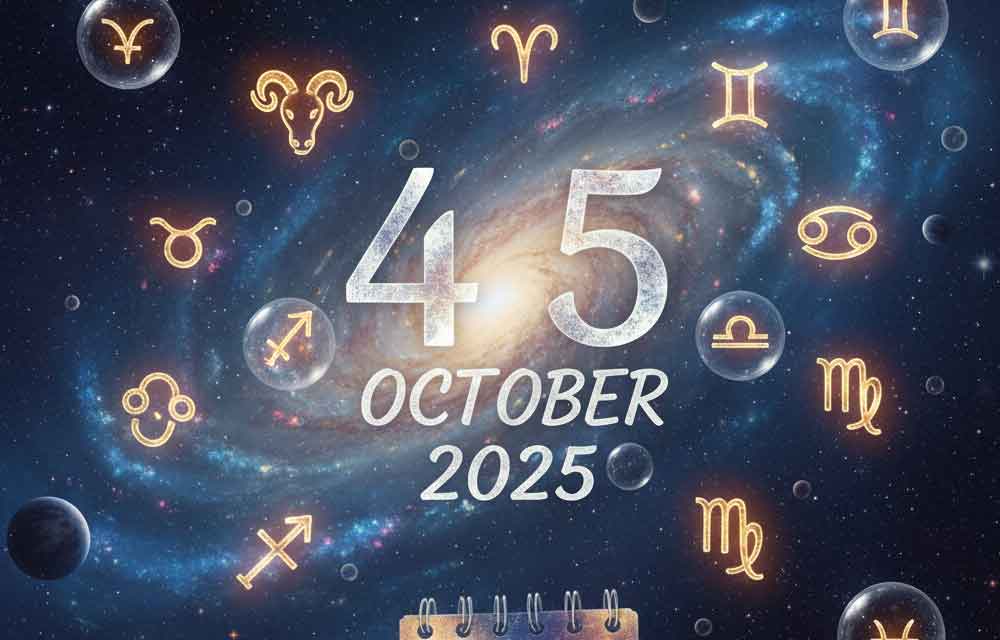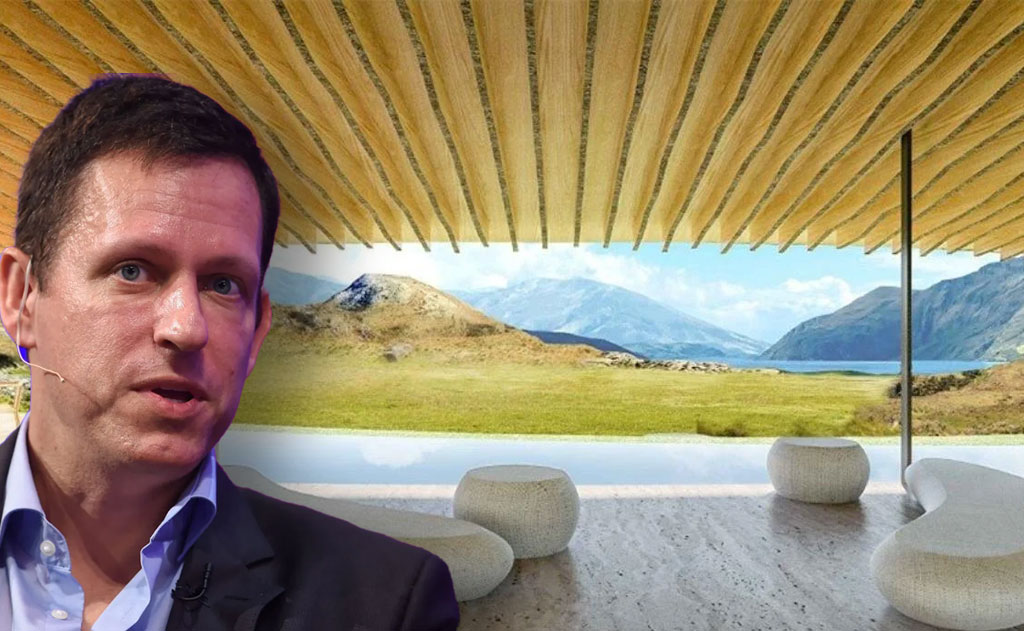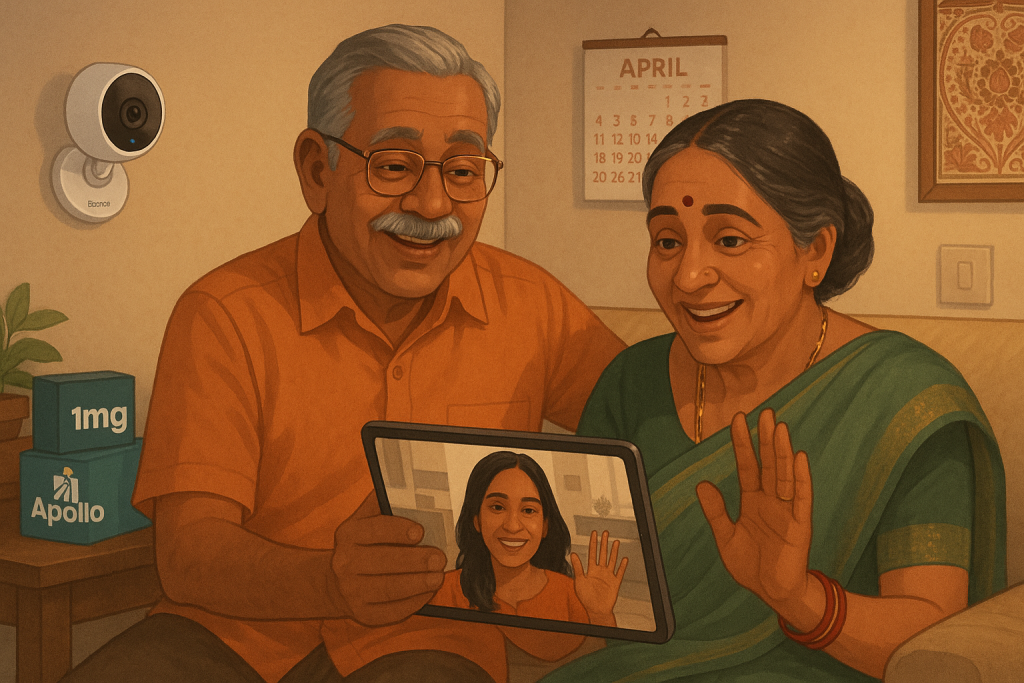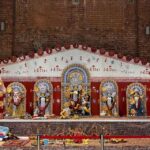Beyond India: How Diwali is Celebrated Around the World
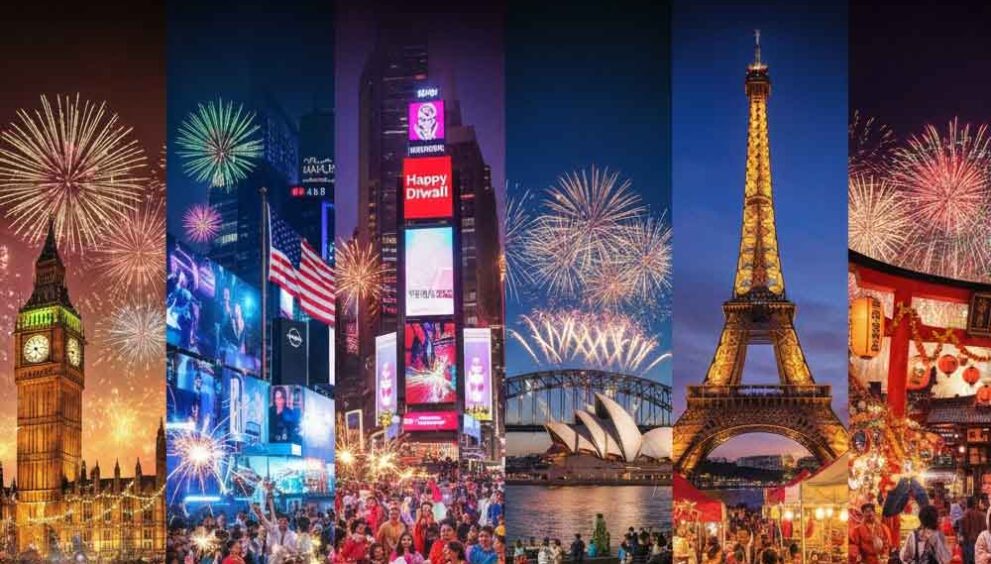
A Journey Through Global Lights, Faith, and the Timeless Spirit of Sanatana Dharma
Introduction: The Festival that Crossed Oceans and Hearts
Every autumn, as India glows with diyas, chants, and festivities, something extraordinary happens — the world lights up with it too. From the bustling temples of Nepal, to the colorful streets of Malaysia, the multicultural neighborhoods of Trinidad and Tobago, and the majestic River Thames in London, Diwali has become a global festival of light, hope, and unity.
Diwali — or Deepavali, as it is traditionally known — is no longer confined to the borders of India. The spirit of Sanatana Dharma has transcended continents, resonating deeply in the hearts of millions, irrespective of religion or ethnicity.
This article takes you on a spiritual and cultural journey across the world, exploring how different nations celebrate this ancient Hindu festival and how it continues to connect humanity through light, love, and dharma.
1. Nepal: The Five Days of Tihar — Festival of Lights and Love
In Nepal, Diwali is known as Tihar, a five-day festival that beautifully blends Hindu devotion with local traditions. It honors not just gods but also animals and nature — reflecting the Sanatana Dharma belief that the divine resides in all beings.
Day-Wise Highlights of Tihar
- Kag Tihar – Worship of crows, believed to be messengers of Yama, the god of death. Devotees feed them as a mark of respect and gratitude.
- Kukur Tihar – The most beloved day, when dogs are garlanded, fed, and worshipped for their loyalty. Pictures of happy dogs adorned with marigold garlands have gone viral worldwide, showing the compassion at the heart of Hindu culture.
- Gai Tihar and Laxmi Puja – Cows (sacred to Hindus) are worshipped, and in the evening, homes glow with diyas as Goddess Lakshmi is invited in.
- Govardhan Puja – Celebrates Lord Krishna’s protection of devotees from torrential rains.
- Bhai Tika – Sisters bless their brothers with long life and prosperity, a tradition of deep love and familial bond.
The Deeper Message
Tihar reminds the world that Diwali is not just about lights — it’s about relationships, gratitude, and harmony with all living beings.
2. Sri Lanka: Diwali Across the Island of the Gods
In Sri Lanka, Diwali is celebrated mainly by the Tamil Hindu community, known locally as Deepavali. The festival holds special significance as it symbolizes Lord Rama’s victory over Ravana, connecting it deeply to the Ramayana’s Sri Lankan chapters.
Unique Traditions
- Temples are decorated with oil lamps and vibrant kolams (rangolis).
- Families prepare traditional sweets like Jaggery laddus and Payasam.
- People wear new clothes and exchange gifts, just as in India.
But beyond rituals, Sri Lankan Diwali emphasizes forgiveness and peace, with many communities conducting prayers for unity between Tamils, Sinhalese, and other ethnic groups — a true reflection of the universal spirit of Dharma.
3. Malaysia: Deepavali – The Festival of Unity
In Malaysia, Diwali (or Deepavali) is a national holiday celebrated by millions of Hindus. The country’s multicultural essence adds a unique charm to the festival.
How It’s Celebrated
- The day begins with a ritual oil bath, symbolizing purification of the body and mind.
- Devotees visit temples early in the morning to offer prayers.
- Homes are decorated with kolams, lights, and diyas.
- Traditional Indian sweets like murukku and laddu are shared with friends of all faiths.
In cities like Kuala Lumpur and Penang, entire neighborhoods transform into light-filled wonderlands, welcoming everyone — Hindus, Muslims, Christians, and Buddhists alike — to celebrate together.
The Message
Malaysia’s Deepavali beautifully demonstrates how Sanatana Dharma fosters inclusion and harmony, showing that light truly knows no religion or race.
4. Singapore: Little India Shines Bright
In Singapore, Diwali transforms Little India into a magnificent sea of lights. Streets like Serangoon Road and Race Course Road come alive with glowing arches, floral decorations, and devotional music.
Key Highlights
- A month-long Deepavali Festival Village features stalls selling diyas, sweets, sarees, and festive decor.
- Sri Veeramakaliamman Temple and Sri Mariamman Temple hold grand pujas, drawing devotees from across Southeast Asia.
- Fireworks illuminate the skyline, blending tradition with modern festivity.
Singapore’s Diwali showcases the global face of Hinduism — vibrant, adaptable, and inclusive, preserving ancient rituals while embracing multiculturalism.
5. Trinidad and Tobago: Diwali as a National Celebration
Halfway across the world, in the Caribbean nation of Trinidad and Tobago, Diwali is one of the most anticipated national events. Brought by Indian indentured laborers in the 19th century, the festival now unites people of all backgrounds.
The Celebration
- The Divali Nagar (City of Lights) — a nine-day cultural festival — features classical Indian music, dance, and spiritual discourses.
- On Diwali night, entire communities light up with thousands of diyas, transforming the island into a divine spectacle.
- Even non-Hindus participate, reflecting the universal appeal of the festival.
Spiritual Significance
For the diaspora, Diwali represents cultural survival, resilience, and devotion — proof that Sanatana Dharma’s light can shine even far from its homeland.
6. Fiji: Diwali in the Pacific Paradise
In Fiji, Diwali is a public holiday celebrated joyfully by both Hindus and non-Hindus alike. The Indian community, which forms a large part of Fiji’s population, preserves the festival’s ancient essence through music, devotion, and community gatherings.
- Schools and businesses organize Diwali functions.
- People decorate their homes with diyas and rangoli.
- Traditional sweets like gulab jamun and barfi fill the air with sweetness.
Diwali in Fiji transcends religion — it has become a symbol of unity, tolerance, and shared humanity, echoing the teachings of the Vedas that “the world is one family” (Vasudhaiva Kutumbakam).
7. The United Kingdom: Diwali by the Thames
In London, Diwali has become one of the biggest multicultural festivals. From Trafalgar Square to Leicester, thousands gather to celebrate the triumph of light over darkness.
Celebration Highlights
- London’s Trafalgar Square Diwali Festival attracts over 30,000 visitors annually.
- The event features traditional dance performances, food stalls, and spiritual talks.
- Temples like BAPS Shri Swaminarayan Mandir in Neasden hold elaborate Lakshmi Puja ceremonies.
Even the British Parliament lights diyas, symbolizing respect for India’s heritage and the global influence of Sanatana Dharma.
8. The United States: A Growing Spiritual Movement
Across the United States, Diwali is now celebrated in cities like New York, Houston, San Francisco, and Chicago, often recognized officially by governors and mayors.
How Americans Celebrate
- Families perform Lakshmi Puja and host community gatherings.
- Major landmarks like the Empire State Building and Niagara Falls light up in saffron and gold.
- Universities and yoga centers organize Deepavali meditation sessions, highlighting the link between Hindu spirituality and mindfulness.
Diwali in the U.S. reflects how Sanatana Dharma is evolving globally — as a philosophy of light, awareness, and inner growth, not just as a festival.
9. Mauritius: The Island of Light and Dharma
In Mauritius, where over 60% of the population traces Indian ancestry, Diwali is celebrated with devotion and national pride.
Families light diyas, perform Lakshmi Puja, and exchange sweets, while streets glow with decorative lamps. Diwali here represents not only spiritual awakening but also cultural identity, binding generations together through shared heritage.
10. The Global Message of Diwali: Light Beyond Borders
Across the world, the essence of Diwali remains unchanged — the victory of Dharma over Adharma, knowledge over ignorance, and light over darkness.
From the Himalayas to the Caribbean, Diwali unites people of all races, faiths, and cultures under a single truth:
“The light that shines within us is one — eternal, divine, and universal.”
In an age where materialism often overshadows spirituality, Diwali stands as a reminder of our inner light, urging humanity to look beyond divisions and embrace compassion, gratitude, and higher consciousness.
Conclusion: The Eternal Light of Sanatana Dharma
Wherever it is celebrated — in the temples of Kathmandu, the beaches of Trinidad, or the skyscrapers of New York — Diwali remains a symbol of the timeless wisdom of Sanatana Dharma.
It shows that spirituality, when lived with sincerity, transcends geography and language. The diya lit in a small Indian village shares the same flame as the one glowing in a London apartment — both are sparks of the Divine Consciousness that unites all creation.
As the lights of Diwali spread across the world, they carry with them a simple yet powerful prayer:
“May all beings be happy, may all hearts be pure, and may the light of Dharma guide us forever.”

 English
English 